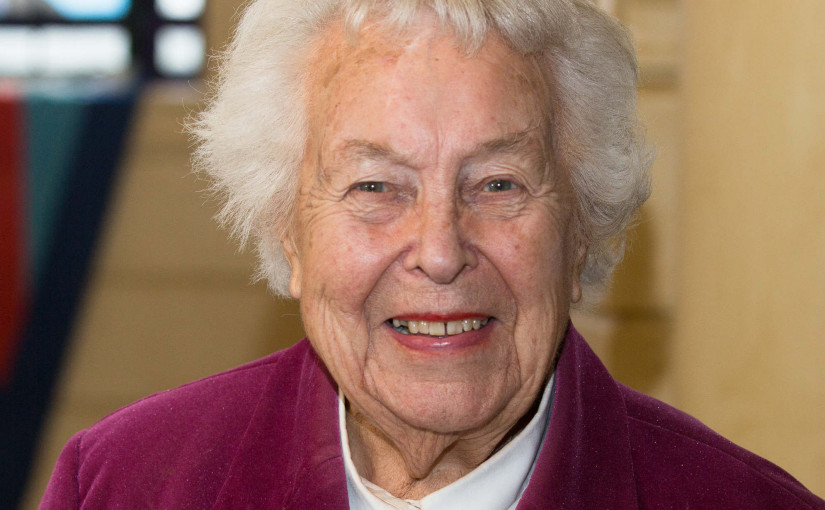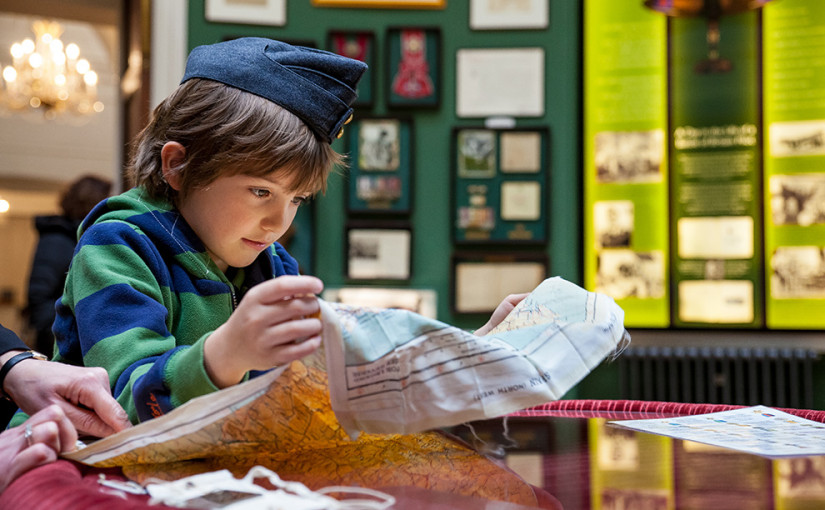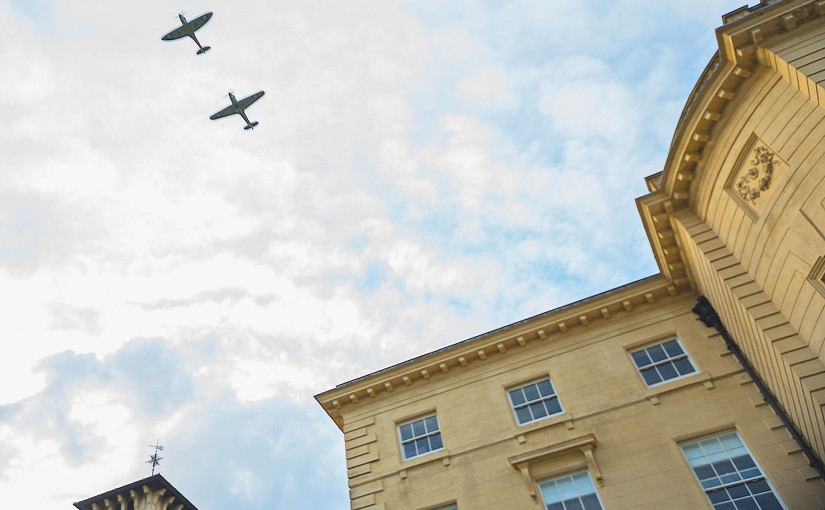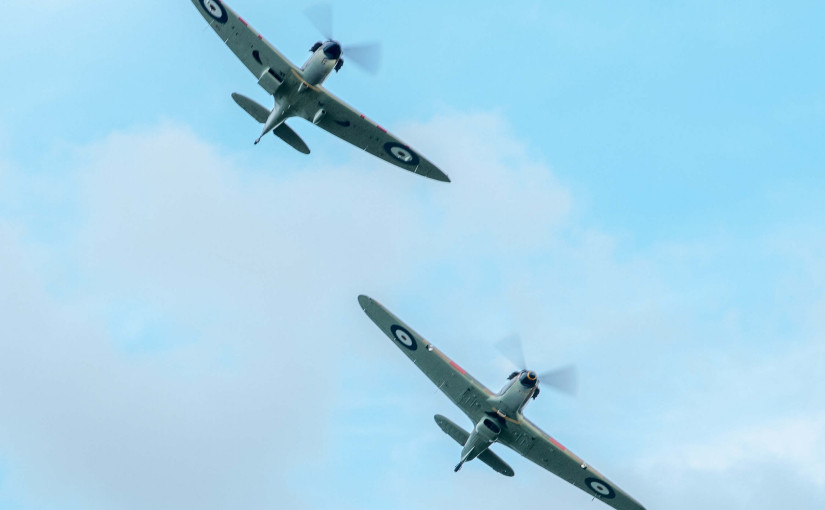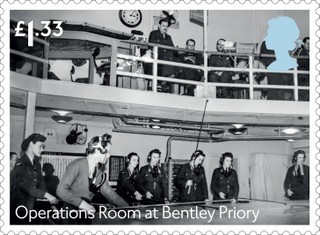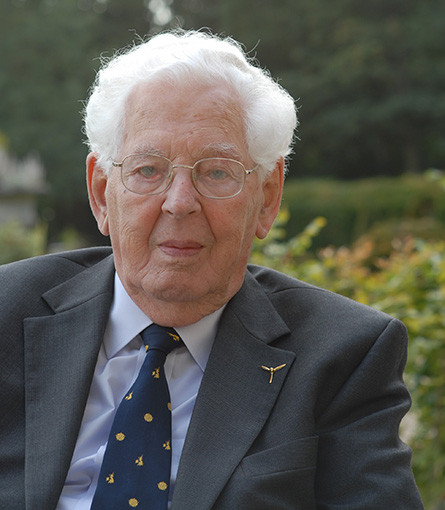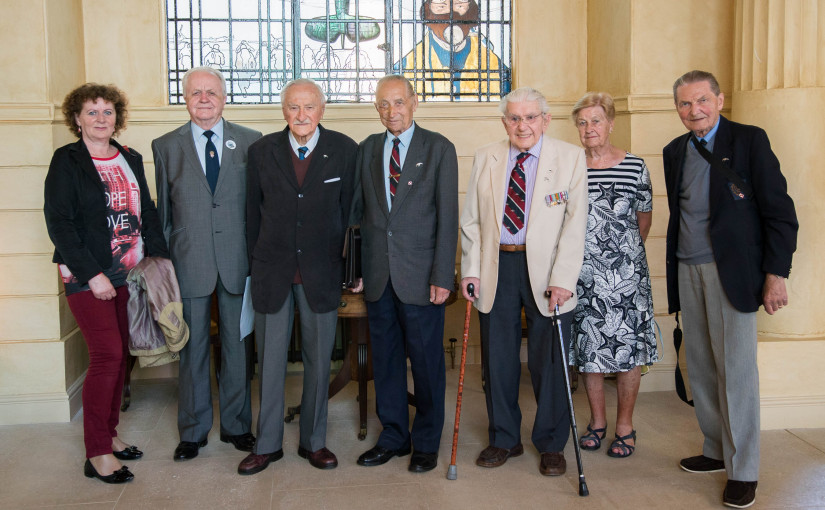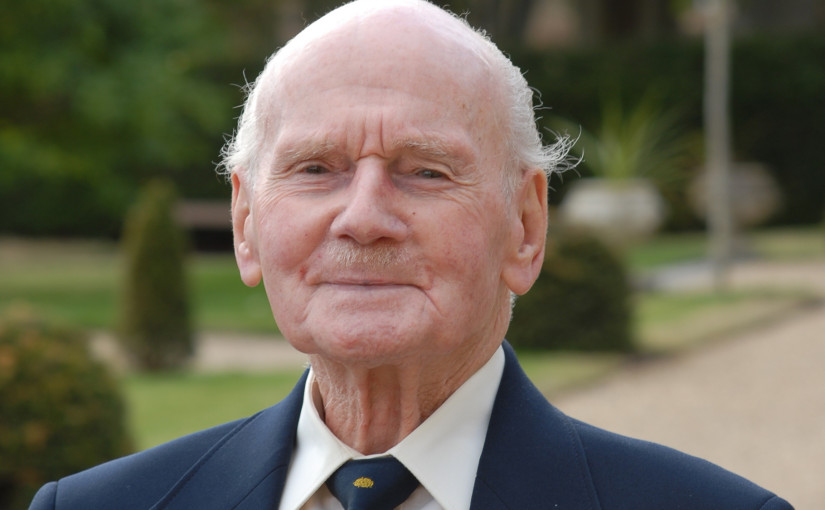
75th Anniversary Events, September 2015
To commemorate the 75th Anniversary of the Battle of Britain, we will be increasing the Museum’s opening days and hosting a series of events and throughout September 2015.
Sundays in September: Museum Opening, 10am-5pm
The Museum is usually closed on Sundays, but will open on Sunday 6 September, Sunday 13 September, Sunday 20 September and Sunday 27 September. 
Please note, advance tickets are needed for Sunday 20 September due to performances of a new one act musical ‘Fighter Command and the Battle for Britain and will be available from 3 August.
Admission tickets on 6, 13 and 27 September can be purchased on the day of your visit at the Museum’s Reception.
Tuesday 15 September: Historic Flypast (Museum open 10am-5pm)
Boultbee Flight Academy’s historic flypast on ‘Battle of Britain Day’, Tuesday 15 September include plans for 6 fighter aircraft to fly over Bentley Priory Museum.
The 15th of September 1940 was an important day in the Battle, when the Luftwaffe co-ordinated large bombing raids over London and the South of England, but lost a significant amount of aircraft.
To commemorate 75 years since Battle of Britain day in 1940, Boultbee Academy have organised for 40 Spitfires and Hurricanes to take part in a historic flypast.
The aircraft will all take off from Goodwood, before flying different routes around the South East of England. Details of the routes can be found here, with timings to be confirmed soon.http://www.battleofbritainday.co.uk/#!routes/c1
‘Fighter Command and the Battle for Britain’: A new one act musical commissioned for the 75th Anniversary of the Battle of Britain.

‘Fighter Command and the Battle for Britain’ will be performed 6 times over 3 days by Tonic choir and young people from St John’s School, Grimsdyke School and Harrow Youth Choir.
Advance tickets are required for all performances, and will not be available on the day. Tickets will go on sale on 3 August 2015 at 10.30am from the Museum’s Reception or 020 8950 5526.
Saturday 19 September, 11am & 12.30pm performances: Tonic Choir & students from St John’s School
Sunday 20 September, 11am & 12.30pm performances: Tonic Choir & students from Grimsdyke School
Saturday 26 September, 11am-12.30pm performances: Tonic Choir & young people from Harrow Youth Choir
The musical has been composed by Philip Barnett and Bryan Kesselman and funded by the Arts Council England and the Heritage Lottery Fund.
Advance Tickets: Saturday 19 September, Sunday 20 September & Saturday 26 September
 On 19, 20 & 26 September Advance Tickets are needed.
On 19, 20 & 26 September Advance Tickets are needed.
On all other days that the Museum is open, admission can be purchased on the day of your visit from the Museum’s Reception.
There will be 3 ticket types, which will be available for purchase on 3 August at 10.30am from the Museum’s Reception or on 020 8950 5526.
Ticket 1: 11am performance of ‘Fighter Command & the Battle of Britain’ and general entry to the Museum. Standard admission rates apply.
Ticket 2: 12.30pm performance of ‘Fighter Command & the Battle of Britain’ and general entry to the Museum. Standard admission rates apply.
Ticket 3: General entry to the Museum after 1pm, at discounted rate of £5.00. Please note this is a timed ticket and admission will not possible until after 1pm.
Saturday 19 September: Flypast
 A flypast from the Battle of Britain Memorial Flight (BBMF) has been requested for Saturday 19 September at 3.00pm.
A flypast from the Battle of Britain Memorial Flight (BBMF) has been requested for Saturday 19 September at 3.00pm.
Please note that the flypast is subject to weather conditions and cannot be guaranteed.
Sunday 20 September: Wreath Laying
 A wreath will be laid at 1.30pm at Bentley Priory Museum, to remember the brave men and women who won the Battle of Britain in the skies and on the ground 75 years ago.
A wreath will be laid at 1.30pm at Bentley Priory Museum, to remember the brave men and women who won the Battle of Britain in the skies and on the ground 75 years ago.
Saturday 26 September: Vintage Hair & Make-Up
Victory Rolls and 1940s make-up will be available between 12.00-3.00pm, by an experienced vintage hair and make-up artist.
Activity costs: £2 per young person under 16, £3 per adult (admission tickets are required for entry to the Museum).
17,000 Reasons to Remember: Temporary Exhibition on the contribution of Polish Aircrew during World War II, Wednesday 9 September – Saturday 3 October.
 This important temporary exhibition will highlight the contribution of the Polish Aircrew during World War II, through the stories of Polish Air Force veterans and their families who were recently interviewed by young people.
This important temporary exhibition will highlight the contribution of the Polish Aircrew during World War II, through the stories of Polish Air Force veterans and their families who were recently interviewed by young people.
Their stories represent the incredible histories of 17,000 Polish Air Crew during World War II.
The project is in partnership with Aik Saath: Together as One and MAPIS CIC and funded by the Heritage Lottery Fund ‘Young Roots’ grant.
 What’s On
What’s On Opening Hours & Admission
Opening Hours & Admission

